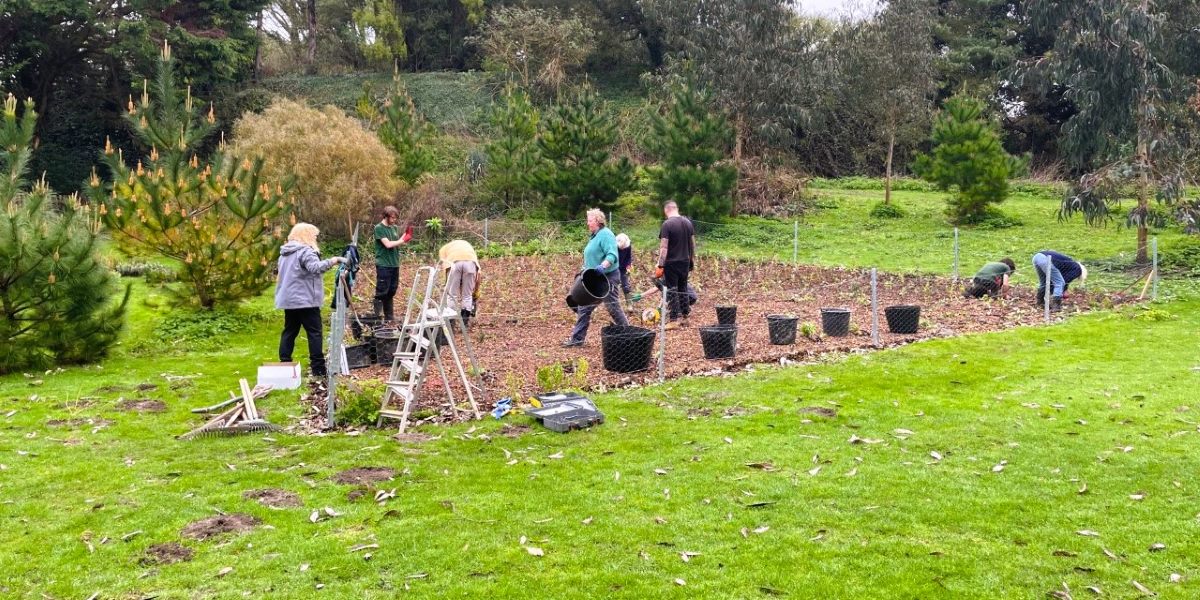
The rewilding concept has gained traction in Europe over a period of years as a way of returning high volume biota to a biota depleted environment. The wording implies a return to a wild state, but the question is: what is the wild? The wild is an interesting concept. Thirty years ago the late Professor Gren Lucas suggested it no longer exists, and that that isn’t necessarily a bad thing. It sounded alarming at the time. To explain, Lucas argued that all of our planet’s surface is now managed in some way, however light or bad that may be. He contended that if our species worked harder at that management, we could do much to improve the onward viability of our world. The wild no longer exists, we should consider the world a garden.
In the above context, rewilding in the UK is an interesting idea, and raises more questions. If we are to rewild, what do we rewild to, if the wild no longer exists? Does our species select an arbitrary date? Say, prior to the industrial revolution? Or a period of mean climatic stability within the immediate post glaciation? What plant range should we choose? That which grew 100, 1,000 or 10,000 years ago? What of anthropogenic climate change? What if we do nothing? Conceptually, rewilding has amazing scope for academic study, but to a wider audience what does it mean? Rewilding is a word that has gained popularity to describe a wide range of approaches to planting or land management in recent years in the developed world. There isn’t really yet a peer reviewed condensed universal exam answer definition, or aim of achievement, but maybe we can achieve a consensus that probably planting most anything where there hasn’t been anything before, except perhaps in the aseptic conditions of an operating theatre, can only be a good thing, no? Maybe. What of weeds? Or potential weeds? At VBG we thought maybe we should start and learn from our mistakes as we find the role of a botanic garden in the 21st century.
It is no surprise that concepts have been tried before. Akira Miyawaki was a Japanese botanist and an expert in plant ecology who specialized in seeds and natural forests. He was active worldwide as a specialist in natural vegetation restoration of degraded land. In what became known as the Miyawaki technique, various native species of plants are planted close to each other so that they receive sunlight only from the top and grow upwards rather than sideways. As a result, the plantation becomes approximately 30 times denser, grows 10 times faster and becomes maintenance-free after a span of 3 years. This study was in an urban environment. At VBG we decided to experiment with a variation of the Miyawaki technique. With the name Fast Forest, we have enclosed an area near the playground and planted it with small Eucalyptus at high density to monitor how it grows. Usually grown for biomass, we will assess the Eucalyptus growth and feel in doing so we are exploring a concept for land use other than mowed grass, and will have an outcome to describe.
In the pictures and video below, you’ll see the young trees planted in density, and our method of planting, using electric drill augers.
